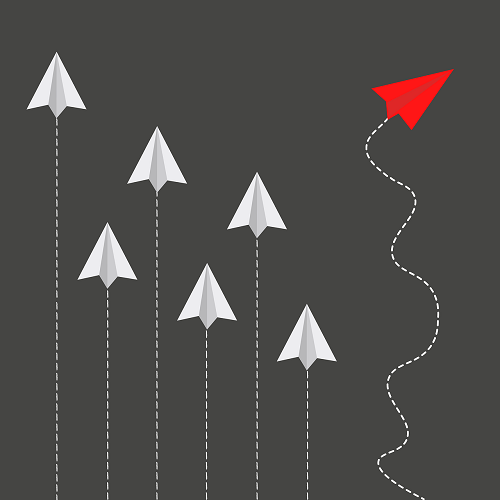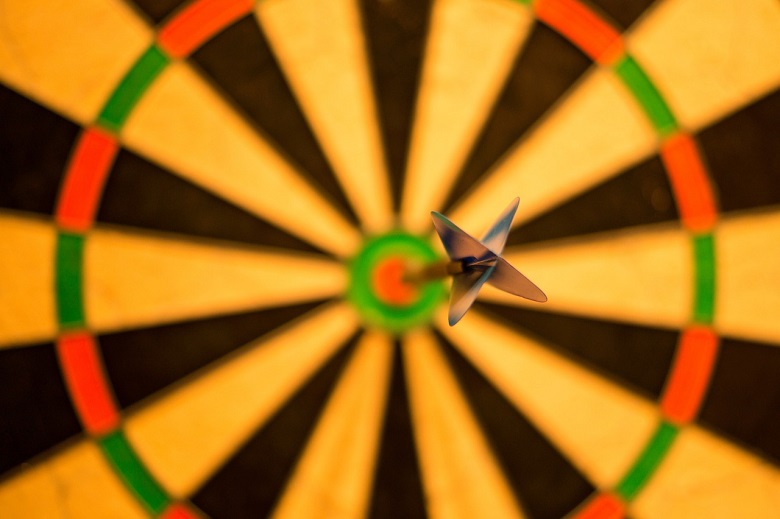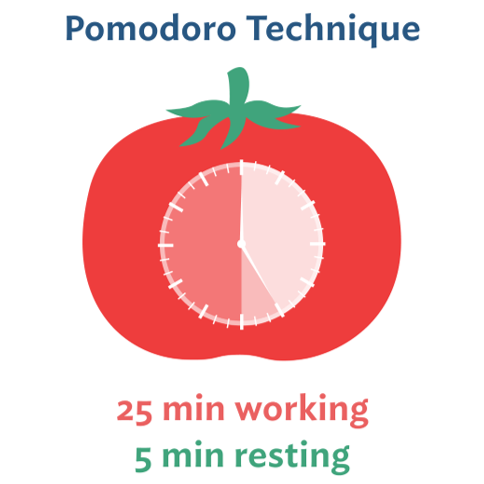
Study Breaks: Best strategy for Effective Learning or Waste of Time?
Introduction
When it comes to embarking on the journey of learning and studying, one often envisions a relentless pursuit of knowledge, fueled by late-night caffeine, pages of notes, and a determination to conquer every concept. But in the midst of this intensity, there lies a hidden gem that can transform the way we approach learning: the art of taking breaks.
The idea might sound counterintuitive at first—how can stepping away from the books enhance our understanding? However, the insights of renowned Psychology professor Marty Lobdell unveil the hidden potential of breaks as a potent tool in the arsenal of effective studying.
The breaking NEWS

Break time
Benefits Beyond Imagination
Who would have thought that the very act of stepping away from your study desk could contribute so profoundly to your learning process? But that's exactly what Marty Lobdell's research highlights. Taking well-timed breaks can do wonders for your cognitive functions and overall retention rate.
A break facilitates 2 basic yet powerful functions.
1) Memory Consolidation

Memory Consolidation
1) Memory Consolidation
Our brain's capacity to absorb information has its limits. Intense study sessions can overwhelm our cognitive faculties. Breaks, however, allow our brains to process and consolidate the information we've been feeding it. It's like giving your brain a breather to organize and catalogue the new knowledge.
2) Attention Restoration

Attention Restoration
2) Attention Restoration
Ever found yourself reading the same sentence repeatedly without comprehending? That's a clear sign of burnout. Short breaks, as Lobdell suggests, can help restore your attention span. It's like hitting the reset button on your focus, enabling you to dive back into your studies with renewed vigor.
Strategy for Break-time

Break Time Strategy
Now that the importance of breaks is etched in our minds, the natural question is: how can we integrate them into our study routine seamlessly? Here's a strategy that combines Lobdell's insights with practical implementation:
1) The Pomodoro Technique

The Pomodoro Technique
1) The Pomodoro Technique
This technique, popularized by Francesco Cirillo, involves breaking your study time into short, focused intervals (usually 25 minutes), followed by a 5-minute break. After completing four such cycles, take a longer break of around 15-30 minutes. This strategy aligns perfectly with Lobdell's findings, optimizing your attention span and knowledge absorption.
2) Physical Activity

Physical Activity
2) Physical Activity
During your breaks, engage in physical activities. Stretch, take a walk, or do a few jumping jacks. Physical movement increases blood flow to the brain, enhancing alertness and cognitive function.
3) Distract Yourself Purposefully

Distract Yourself Purposefully
3) Distract Yourself Purposefully
It might seem contradictory, but deliberately distracting yourself during breaks can enhance your study efficiency. Engage in a brief chat, listen to a song, or watch a funny video. This mental diversion helps prevent burnout and keeps your mind receptive to new information.
4) Mindfulness and Meditation

Mindfulness and Meditation
4) Mindfulness and Meditation
Incorporating mindfulness exercises into your breaks can work wonders. Spend a few minutes focusing on your breath or practicing meditation. This not only reduces stress but also improves your cognitive flexibility.
FAQs about 'Breaks and Study'
In Conclusion
In the hustle and bustle of modern education, the notion of taking breaks might appear unconventional. Yet, Marty Lobdell's insights and the practical strategies we've explored shine a light on the hidden brilliance of this approach. Breaks aren't the enemy of productivity; they are its partners. By integrating well-placed breaks into your study routine, you'll not only elevate your understanding and memory retention but also rejuvenate your enthusiasm for learning. So, the next time you find yourself drowning in a sea of textbooks, remember that a well-deserved break might just be the lifeboat that propels you toward academic excellence.
Share it on social media because it will help your friends.
Blogs that you might like
 FluxyAI
FluxyAI